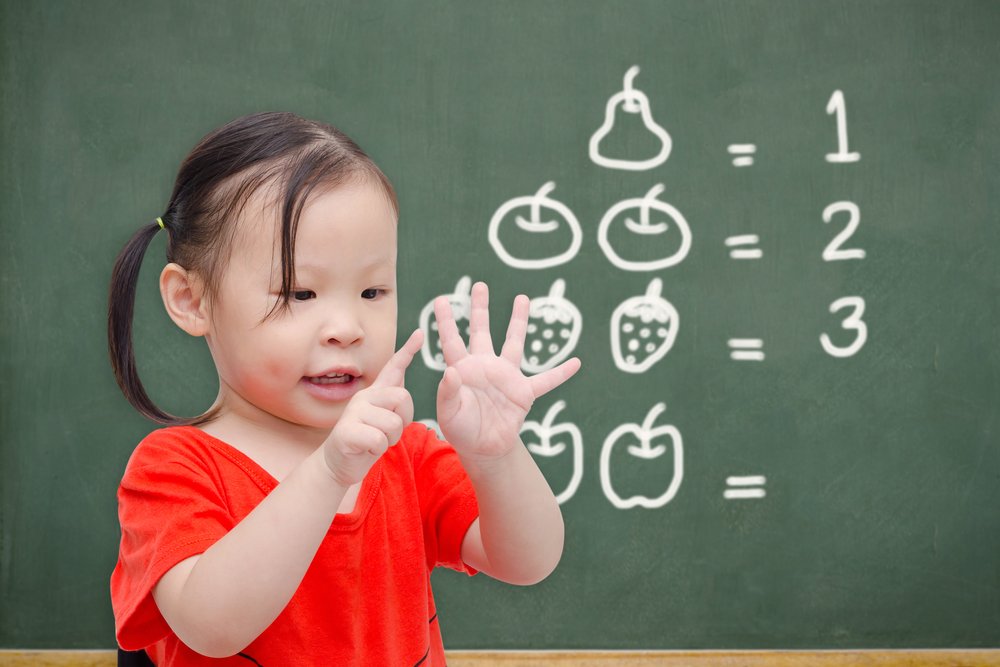Key points:
- Plural form of a noun indicates that we are talking about more than one person or object.
- Regular plural involves adding an “s” at the end of a word and children usually master it between the ages of 27-36 months.
- Children learn and apply grammatical rules instead of memorizing the plural form of certain words.
- Parents can help children learn to use the plural form of nouns by practicing with simple phrases at home, highlighting the “s” at the end of the word and pointing out plurals during reading time.
When we use the plural form of a noun, we indicate that we’re talking about more than one person or object. Most of the time, the plural form of a noun is produced by simply adding an “s” at the end of the word. This is referred to as the “regular plural”. Most children master the use of the regular plural between 27 and 36 months of age. When first beginning to use plurals, most toddlers use it on select, frequently used words. With time, they extend that rule to other nouns. This may lead to incorrect use of the regular plural, like saying “foots” instead of “feet”.
For a long time, researchers have been interested in how children extend the rules of grammar to new words. In 1958, psychologist Jean Berko Gleason developed the now famous Wug Test. In it, children were shown a sketch of a flame-shaped bird and were told that it was a “wug”. Then, they were shown another “wug” and told “Now there is another one. There are two of them. There are two ___”. The children responded, like you and I would, “wugs”. This study clearly showed that children don’t memorize the plural form of certain words, instead they learn and apply grammatical rules. They couldn’t have memorized the word “wugs” because they had never heard it before!
Help your child learn to use the plural form of nouns by practicing at home! Begin with simple two-word phrases. You can show them one thing, like an apple and say “one apple.” Then show them another apple and say “two apples”. Repeat this a couple of times and let them give it a try. Do the same with other objects, emphasizing the “s” at the end of the word so they can hear it. You can also point out the plurals that appear in a story during reading time. Ask your little one “What are those?” and see if they answer using the plural form of the word. If they don’t, simply say it yourself and explain why we use the plural form of the word.








